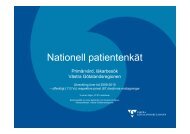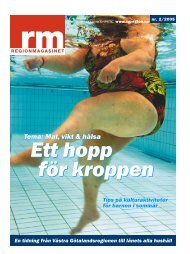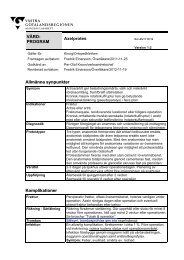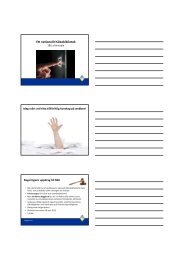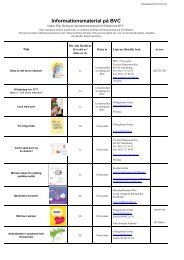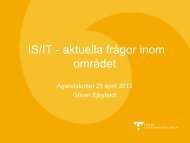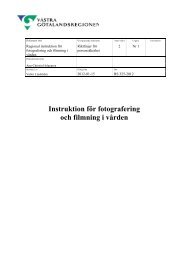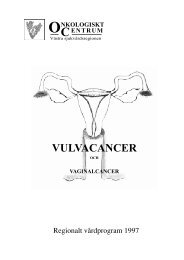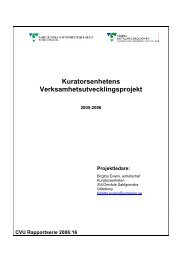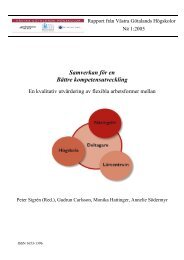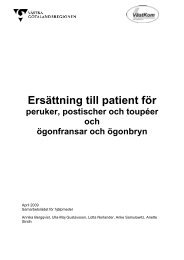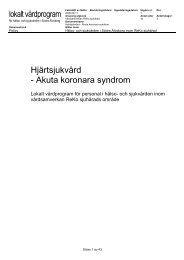FOURTEENTH ANNUAL EUROPEAN PRESSURE ULCER ...
FOURTEENTH ANNUAL EUROPEAN PRESSURE ULCER ...
FOURTEENTH ANNUAL EUROPEAN PRESSURE ULCER ...
Create successful ePaper yourself
Turn your PDF publications into a flip-book with our unique Google optimized e-Paper software.
Thursday September 1st<br />
Proceedings of the 14th Annual European Pressure Ulcer Meeting<br />
Oporto, Portugal<br />
Skin the Greatest Organ. Back to the Essentials Using Millennium Technology.<br />
Tracy Nowicki 1, Kerri Roosen 2, Paul Fulbrook 3<br />
1, 2 The Prince Charles Hospital, Australia, Tracy_Nowicki@health.qld.gov.au<br />
3 The Prince Charles Hospital, Australia PhD, MSc, PGDipEduc, BSc (Hons), Nursing Director, Research<br />
and Practice Development<br />
Introduction<br />
Pressure injury prevention is a priority due to the<br />
pain and discomfort for patients and the added<br />
expense of additional resources and increased<br />
length of stay in hospitals (1). In our hospital,<br />
despite ongoing pressure injury management<br />
including risk assessment, a base mattress<br />
replacement program, and acquisition of a variety<br />
of pressure relieving devices, pressure injury<br />
prevalence increased from 7.55% in 2006 to<br />
13.73% in 2008. Of the 75 pressure injuries<br />
identified, 43 (57%) were stage one. To address<br />
the increased prevalence we implemented a<br />
pressure injury prevention project, with the aims<br />
of improving practice to reflect evidence based<br />
guidelines and standardising continence, skin<br />
care, and nutrition management.<br />
This clinical update is based upon the findings of<br />
a recent clinical audit in our hospital. To<br />
determine evidence based practice, we took a cue<br />
from the latest pressure injury forums and<br />
investigated further evidence to guide our<br />
practice. The purpose of this update is use a<br />
pragmatic approach to outline current best<br />
practice with respect to continence, skin care and<br />
nutrition management, and to highlight some of<br />
the issues regarding customary practices.<br />
Results<br />
After implementing the actions described above,<br />
our pressure injury prevalence has decreased from<br />
13.78% in 2008 to 5.15% in 2010, which<br />
represents a 62% reduction. Of these pressure<br />
injuries, 53% were stage one.<br />
Discussion<br />
To prevent pressure injuries our experience<br />
indicates the importance of focusing on three key<br />
74<br />
areas of practice: continence, skin hygiene, and<br />
nutrition. These are a synergistic trio, and many<br />
patients require considered management in all<br />
three areas. In addition to targeting specific<br />
aspects of nursing care in these areas, it is also<br />
crucial that there is organisational buy-in for<br />
strategic initiatives. Some of the ways that we<br />
achieved this are outlined below:<br />
• Support from managerial level by presenting<br />
evidence and education to senior nurses and<br />
directors.<br />
• Nurse unit managers completed individual<br />
ward action plans outlining their individual<br />
commitments to reducing pressure injuries.<br />
• Providing support and education to staff to<br />
choose and use continence products<br />
effectively.<br />
• Support from allied health colleagues in<br />
prevention of pressure injuries.<br />
• Standardizing skin care and continence<br />
products<br />
• Removing continence mats from mattresses<br />
References<br />
(1) Duncan, K.D. 2007. Preventing pressure<br />
ulcers: the goal is zero. Joint Commission<br />
Journal on Quality and Patient Safety.<br />
33(10):605-610.<br />
Copyright © 2011 by EPUAP



